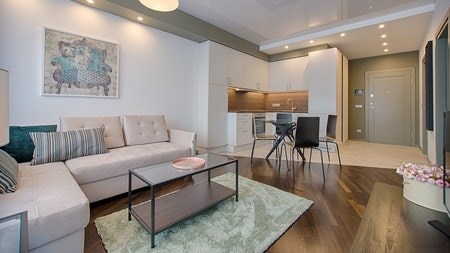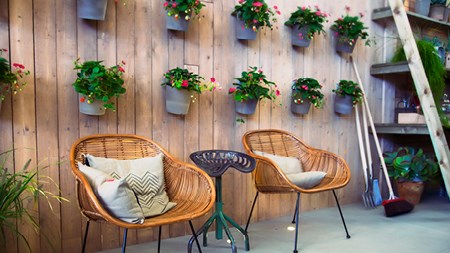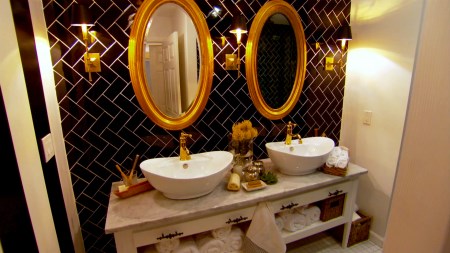Giving your home a fresh coat of paint is a simple yet highly impactful way to refresh its look and increase its aesthetic appeal, making it more appealing to potential buyers.
“Not only will a new coat of paint make your home more attractive, but it can also influence the perceived value of the property. However, it is important to select the right colour to complement the home and its surroundings,” says Adrian Goslett, Regional Director and CEO of RE/MAX of Southern Africa.
While selecting the colour for your home will be largely be based on your personal preference and sense of style, one method that you can use that will provide a basic guideline on where to start is using the acronym of the word FRESH when considering which colour to use.
F – This stands for fixed features on the exterior of the home, which includes permanent designs elements such as the foundation stone, brick facades and pathways. Often there is a colour or variant thereof that is common to all these elements. Identify the colour so that the right paint colour can be selected to complement and enhance it.
R – Regional colours. Certain areas will have a particular colour palette that works with the surroundings, styles of the homes and the building materials used. Neighbourhood consistency will make the area more inviting and aesthetically pleasing to buyers.
E – The environment in which the home is located, should be considered, whether that be city, beach or mountainside. Nature, as well as the built environment, should be considered to ensure that there is a sense of continuity with the rest of the houses in the neighbourhood. Have a walk around the property and take in the various sites, perhaps taking photos of what you see. Doing this will help you see any common colour palettes and take note of elements such as the surrounding landscape, foliage, textures and adjacent buildings. Most neutral colours will blend in with any environment; however, you can opt to paint the home in a contrasting white to make it stand out. The colour white is known to show off the architectural details of a home.
S – Style of the home. Certain colours work well with a particular style of home, depending on the overall look and feel of the property. There are also certain areas in some parts of the country that will have a specific building style and colour scheme that best suits that type of architecture - Cape Dutch style housing is a prime example, most of these homes are white.
H – If possible preserve the inherent colours of the area’s history. If the home is located in an area steeped in history, a coastal area or rural environment, customary colours of the area should be considered. In coastal environments, various blues are used to mimic the colours of the ocean. Very often the natural habitat of certain geographical areas surrounding the home will have a large influence on how the home should look and feel.
If you are not sure about a certain colour, test several swatches of the colour palette on a section of the home before committing. “Give the swatches a full day to dry and then view them in the morning, noon and evening, as the colours will appear to be different tones depending on the time of day. This will give you the chance to compare the shades to see which one you prefer,” says Goslett.
Read more: Paint colour tips to consider when selling your home
In closing, he says that while the home’s surroundings will give you an idea of where to start, each home is different and what works for one may not work for another. Be individual and let your home be a reflection of your style and personality.





